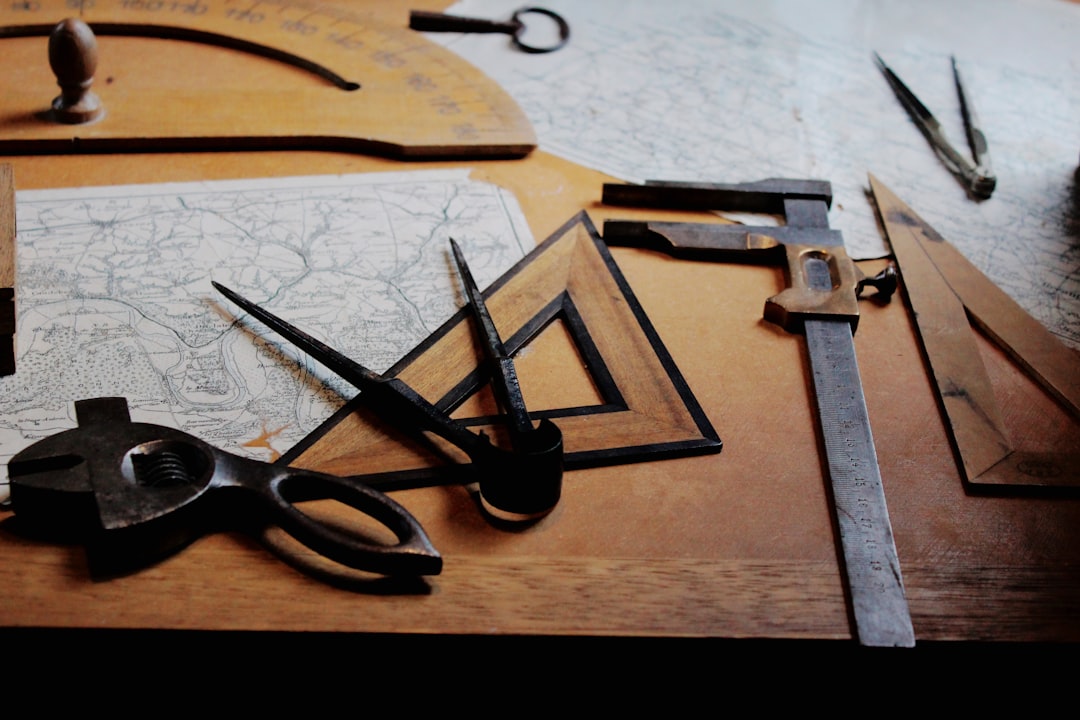We are told by the marketing people of major industries, the tech gurus and the enthusiastic adopters of modern innovations, that we live in a period of ever accelerating change and that the near future (if it not already here) brings new possibilities of unimagined power. The electrical-powered car is one example, but we forget that we have already a very versatile, energy-efficient and environment friendly vehicle: the bike. The future is often an extreme version of the present. We admire modern technology in cameras and the expanded capabilities. We forget that we always have wanted to produce more pictures at no cost and immediately available for inspection and distribution. We did not use Polaroids in the studio for fun, but to see what the shoot would be. We embraced automation in cameras before the digital age, because we wanted fuss-free and error-free picture taking. Handheld exposure meters were always a problem and high-speed emulsions had their own limits. Now we live in a photographer’s heaven: we can take pictures anytime and everywhere at no cost and when we make a mistake (not relying on the inbuilt algorithms) we can correct it easily and effectively.
The recently introduced Nikon and Canon mirrorless cameras promise an easy road to a bright future. But is it? We produce billions of pictures, hundreds of millions of them are pictures of sunsets, landscapes, flowers, pets and friends in all kinds of more or less embarrassing poses. Are these picture styles and themes different from what one could do with a Kodak camera from 1890? Hardly, but there are more of the same! Photographers do what they always did and a digital picture is not different from a printed negative or a slide film.

The new Leica M10-D is described by Leica AG as a digital body with an analog soul. The marketing people have still not understood the real difference between analog and digital, but I would say that the more appropriate description would be an analog body with a digital soul.
The reference to the “unique experience of analog photography” is coupled to the proposal that ‘less’ is the unique property of the traditional film emulsion world and that ‘more’ is the defining characteristic of the digital-computational world. What exactly is that analogy with the film-emulsion camera?. The fact that you have a mock film advance lever and the fact that you cannot see the result immediately on the monitor screen is not enough to create a genuine feeling.of operating a cartridge loading camera. Compare the handling and workflow of the M-A with the M10-D and you know immediately what is the real difference.
The original M-D type 262 was a production version of the special version M -‘Edition 60’. Both replaced the monitor display with an ISO setting wheel. This ISO setting wheel became standard with the M10 and the touchscreen monitor display of the M10-P has been transferred to the screen of the smartphone with the standard WIFi connection in the M10.

The whole idea of the ;analog’ spirit seems to be that a lack of options is the essential element of the film emulsion experience. It is not and anyone who uses the M10-D will not feel convinced that this is the best to experience the unique way of the ‘analog’ photography
It is evident why Leica introduced this monitor less and lever added model. The suggestion that the lever can be used as a support for one-hand shooting with a fixed distance as the classical street photographers, working in the style of the snapshot-aesthetic, did, is based on a distorted view of the past.
Leica cannot compete with the future oriented models of the competition and has to find a safe niche for their camera models in the M-style. But they can point to a heritage no one else can. The M10-D is the model that the modern photographer can use with ease and still maintain that s/he works in the traditional style of the Leica Way (Matheson). Tradition has a future!



